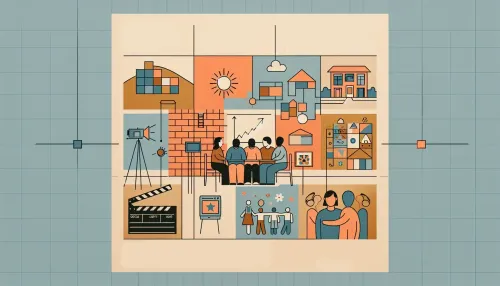The Artistic Expression of Autism: Exploring Creativity in Autistic Individuals through Popular Art Forms
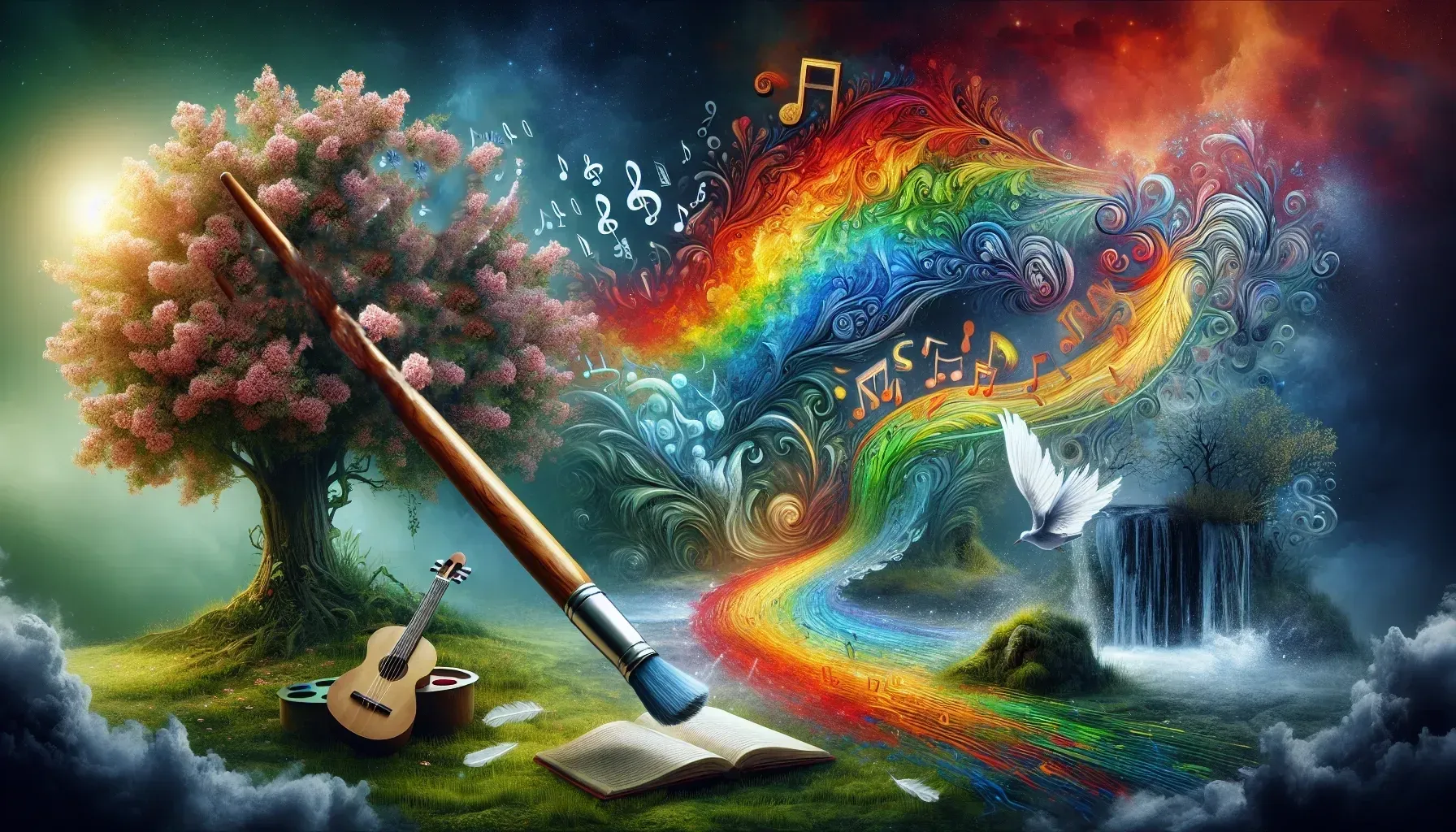
Autism, often seen as a complex neurological condition, presents a unique perspective that influences various aspects of an individual's life. One striking aspect is the remarkable creativity displayed by many autistic individuals. From music and painting to writing, their contributions to the artistic world are profound and awe-inspiring. In this article, we will delve into the realm of autistic artists, unraveling the fascinating intersection of neurodiversity and artistic innovation.
Celebrating Autistic Artists in Music, Painting, and Writing
Art knows no boundaries, and the world of art is significantly enriched by the diverse contributions of autistic individuals. It’s imperative to cast a spotlight on the extraordinary talent of autistic artists across different art forms.
In the realm of music, there are remarkable autistic artists who have left an indelible mark on the industry. Their exceptional musical talents often manifest in prodigious abilities in playing multiple instruments, composing intricate melodies, and infusing raw emotions into their compositions. Through their music, they showcase a depth of emotional expression that resonates with audiences worldwide.
The vivid world of painting becomes even more vibrant when viewed through the lens of autistic artists. Their creations often depict a rich tapestry of colors and patterns that reflect their unique perception of the world. The intricate details and abstract representations in their artwork offer viewers a glimpse into the complex yet beautiful minds of these artists.
In literature, autistic writers bring forth narratives that captivate readers with their introspective storytelling. Their works often delve into intricate details driven by a depth of understanding that is characteristic of the autistic perspective. The literary landscape is forever enriched by their thought-provoking prose and compelling storytelling.
Insight into Unique Creative Processes and Inspirations
The creative processes of autistic artists are intriguing and multifaceted. These individuals often experience the world in a distinct way, channeling their perceptions and emotions into their art. Understanding their creative journey sheds light on the unique inspirations that drive their artistic expressions.
Autistic musicians are known for their remarkable ability to perceive and interpret sound in ways that differ from neurotypical individuals. For them, music becomes a means to express emotions and communicate thoughts that may be challenging to articulate verbally. Their compositions often stem from a deep connection with sounds and rhythms that resonate with their inner world.
In the realm of painting, autistic artists often display an extraordinary attention to detail and an inclination towards repetitive patterns or motifs. These features reflect their heightened sensitivity to visual stimuli and a proclivity for precision and structure in their artwork. Their creative process is deeply intertwined with their sensory experiences, culminating in visual masterpieces that embody complexity and depth.
For autistic writers, the process of storytelling is deeply rooted in their unique way of perceiving the world. Their keen observations and introspective nature give rise to narratives that intricately weave together diverse perspectives, offering readers an immersive experience that reflects the intricacies of human emotions and interactions.
The Intersection of Neurodiversity and Artistic Innovation
The intersection of neurodiversity and artistic innovation brings forth a rich tapestry of creativity and originality. Autistic individuals often approach art with a depth of perception that transcends conventional boundaries, leading to groundbreaking innovations in artistic expression.
In music, the infusion of neurodiverse perspectives has led to avant-garde compositions that challenge traditional notions of harmonies and melodies. Autistic musicians have pioneered new sounds and genres, pushing the boundaries of conventional music with their unconventional yet captivating creations.
The world of painting has witnessed a renaissance through the works of autistic artists, who often introduce novel techniques and themes that redefine artistic conventions. Their keen attention to detail and intricate visual interpretations breathe new life into traditional art forms, inviting viewers to engage with art in profound ways.
Literature becomes a realm of introspection and empathy through the literary endeavors of autistic writers. Their narratives delve into complexities of human experiences with profound sensitivity and insight, offering readers an opportunity to embrace diverse perspectives and empathize with characters crafted from the depths of neurodiverse imaginations.
Amplifying Diverse Voices: Autistic Artists Redefining Traditional Art Forms
As we celebrate the artistic expression of autism, it is essential to recognize the transformative impact brought forth by autistic artists in redefining traditional art forms. Their contributions not only enrich artistic landscapes but also serve as powerful catalysts for promoting inclusivity and diversity within creative spheres.
The presence of autistic musicians on global stages serves as a testament to their ability to captivate audiences with soul-stirring performances that transcend linguistic boundaries. Their melodies resonate with listeners on profound levels, forging connections that transcend distinctions and celebrate shared emotions through music.
The artworks crafted by autistic painters embody a spectrum of emotions and perceptions that transfix viewers with their immersive storytelling through visual representation. Their creations challenge artistic conventions, inspiring audiences to embrace unconventional beauty woven into intricate patterns and vibrant hues.
Autistic writers carve literary narratives that resonate deeply with readers across diverse backgrounds, weaving tales steeped in authenticity and emotional resonance. Through their writings, they invite readers into worlds shaped by unique perspectives, fostering empathy and understanding through the power of storytelling.
In conclusion, the limitless creativity displayed by autistic individuals across music, painting, writing presents an awe-inspiring testament to the boundless potential nurtured within neurodiverse minds. As we gaze upon their masterpieces and immerse ourselves in their compositions, we bear witness to the profound impact they have on reshaping artistic landscapes while amplifying diverse voices within creative spheres.
Frequently Asked Questions
Autistic individuals often showcase their creativity through various art forms, including music, painting, and writing. Their unique perspectives allow them to express profound emotions and insights, resulting in captivating compositions, vibrant artworks, and thought-provoking narratives that resonate with audiences worldwide.
Autistic musicians frequently use music as a powerful medium to convey emotions that may be difficult to articulate verbally. Their compositions often reflect a deep connection with sounds and rhythms, allowing them to communicate complex feelings and thoughts through their musical creations.
Autistic artists often exhibit extraordinary attention to detail and a preference for repetitive patterns in their paintings. This reflects their heightened sensitivity to visual stimuli, resulting in artwork that is rich in complexity and depth, inviting viewers to engage with their unique interpretations of the world.
Autistic writers enrich literature by offering narratives that delve into intricate details and emotional depth. Their unique perspectives allow them to craft stories that resonate with readers, fostering empathy and understanding through authentic portrayals of human experiences and interactions.
Neurodiversity plays a crucial role in artistic innovation by introducing diverse perspectives that challenge conventional norms. Autistic artists often push boundaries in music, painting, and writing, leading to groundbreaking techniques and themes that redefine artistic expression and inspire new ways of thinking about art.
Autistic artists redefine traditional art forms by infusing their unique perspectives into their work. Their innovative techniques and themes challenge established conventions, creating immersive experiences that invite audiences to appreciate unconventional beauty while promoting inclusivity and diversity within the creative community.
Check Out These Related Articles
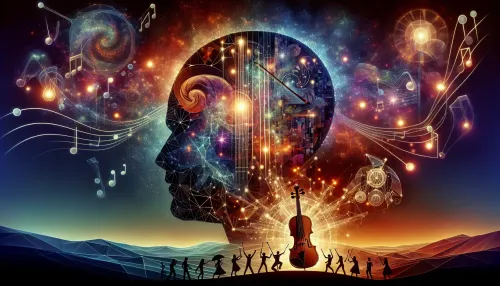
The Harmony of Hurdles: A Violin Prodigy's Journey with Autism
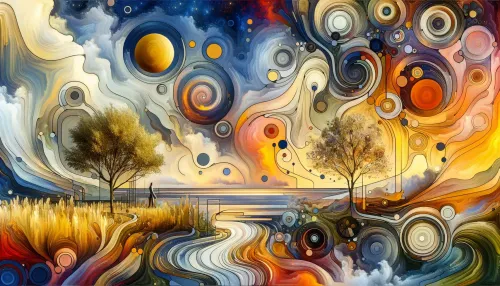
A Canvas of Brilliance: Autistic Artists Revolutionizing the Art World
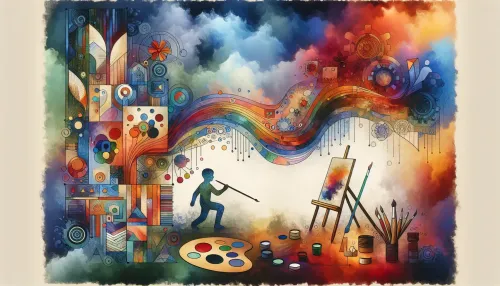
Reimagined Therapies: Art-Based Approaches and Creative Expression Techniques Enriching the Lives of Autistic Children
